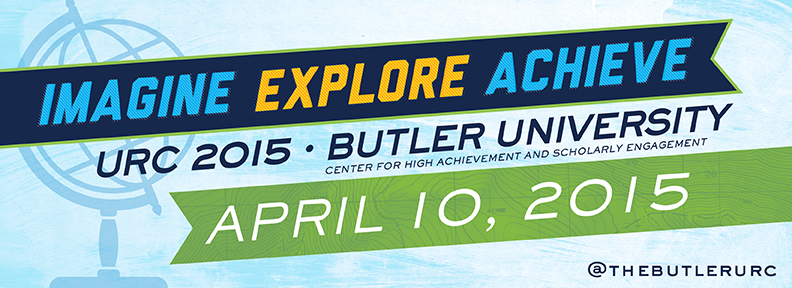
Physics & Astronomy
Event Title
Modeling of Thermal Fields Due to RF Heating around Spherical Nanoparticles and Nanoclusters in Deionized Water
Document Type
Oral Presentation
Location
Indianapolis, IN
Start Date
10-4-2015 2:45 PM
End Date
10-4-2015 3:30 PM
Sponsor
Renat Letfullin (Rose-Hulman Institute of Technology)
Description
RF radiation can be used as an ideal radiation to activate nanodrugs with no side effects to the cancer patient. In order to examine thermodynamic effects of RF radiation, a phenomenological study was done where the data was taken from documented RF heating experiments. Inserting the experimental data into a Goldenburg and Tranter model allows for the simulations of the space distribution of temperature of a spherical nanoparticle along with its surrounding medium. As a result of simulations we found the maximum temperature of gold and carbon spherical nanoparticles heated by 13.56 MHz radiation as well as thermal damage area produced around the nanoparticle. Nano-cluster aggregation was also examined as a potential nanodrug design for nanophotodynamic therapy. Nano-cluster aggregation is a natural occurring phenomenon that happens after a certain incubation period. Nano-clusters have a much larger size which means they absorb radiation much better than a single particle. Therefore a less powerful radiation can be applied to the whole body, which gives RF a better opportunity to activate nanoparticles. This presentation analyzes effectiveness of nano-clusters by computing its damage area, most efficient spacing and needed nanoparticle concentration.
Modeling of Thermal Fields Due to RF Heating around Spherical Nanoparticles and Nanoclusters in Deionized Water
Indianapolis, IN
RF radiation can be used as an ideal radiation to activate nanodrugs with no side effects to the cancer patient. In order to examine thermodynamic effects of RF radiation, a phenomenological study was done where the data was taken from documented RF heating experiments. Inserting the experimental data into a Goldenburg and Tranter model allows for the simulations of the space distribution of temperature of a spherical nanoparticle along with its surrounding medium. As a result of simulations we found the maximum temperature of gold and carbon spherical nanoparticles heated by 13.56 MHz radiation as well as thermal damage area produced around the nanoparticle. Nano-cluster aggregation was also examined as a potential nanodrug design for nanophotodynamic therapy. Nano-cluster aggregation is a natural occurring phenomenon that happens after a certain incubation period. Nano-clusters have a much larger size which means they absorb radiation much better than a single particle. Therefore a less powerful radiation can be applied to the whole body, which gives RF a better opportunity to activate nanoparticles. This presentation analyzes effectiveness of nano-clusters by computing its damage area, most efficient spacing and needed nanoparticle concentration.
